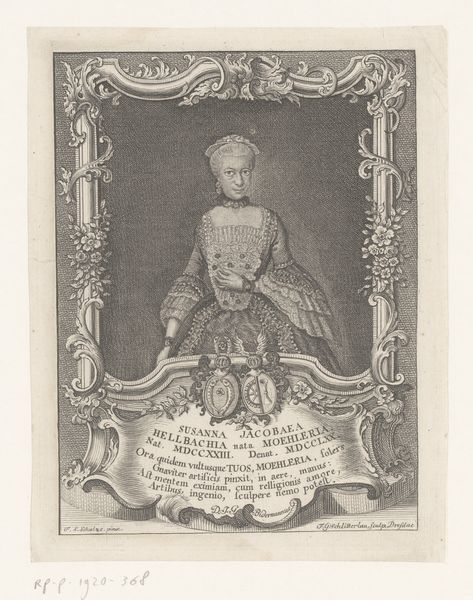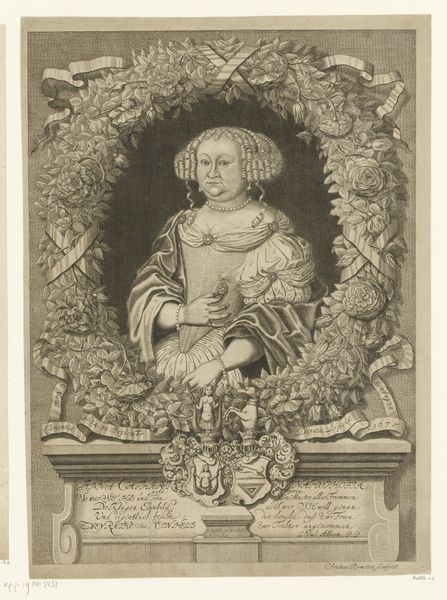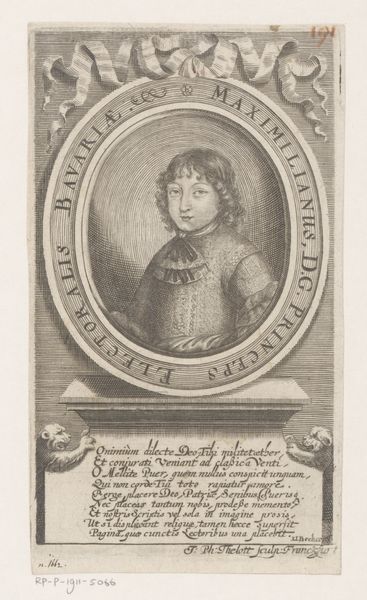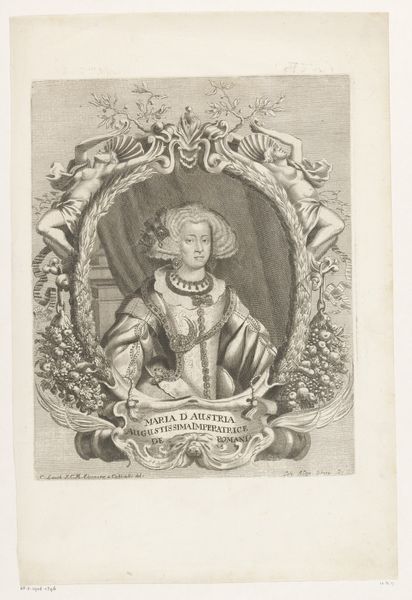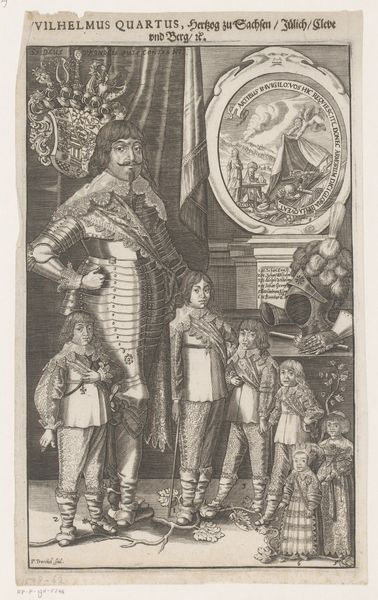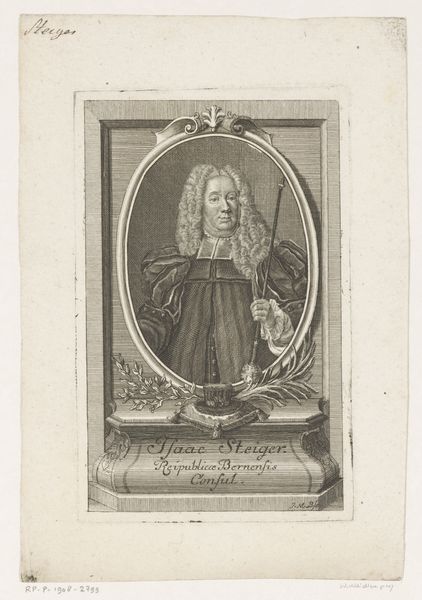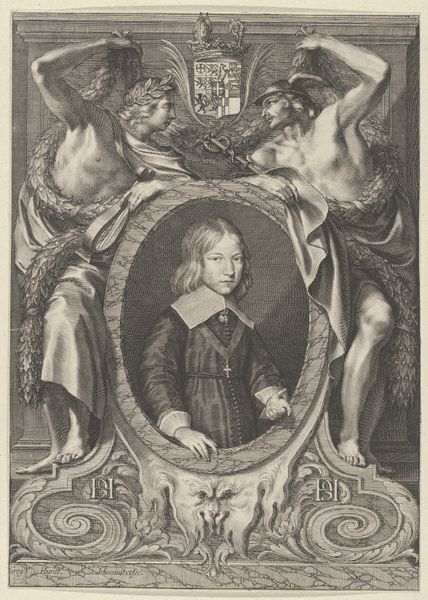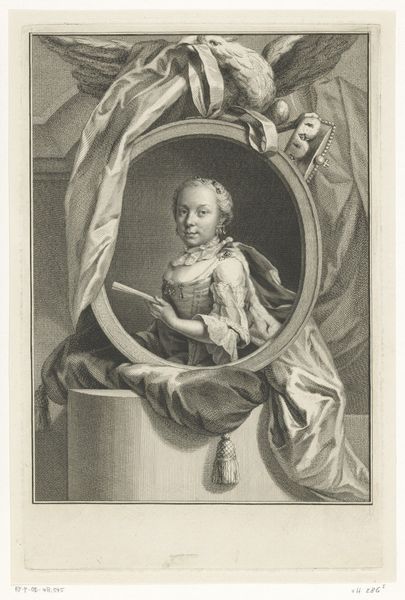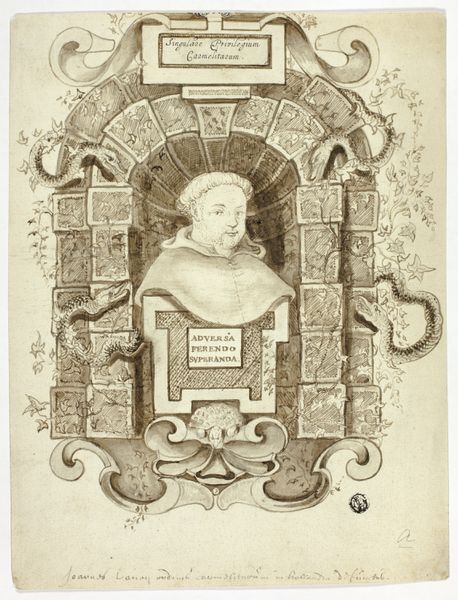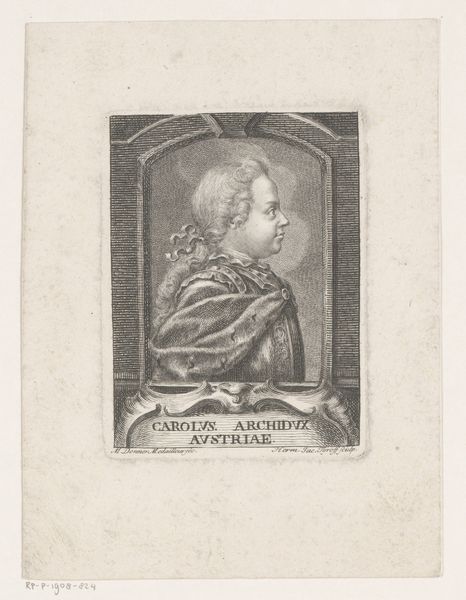
engraving
#
portrait
#
baroque
#
engraving
Dimensions: height 163 mm, width 122 mm
Copyright: Rijks Museum: Open Domain
This print of Filips Frans van Arenberg was made by Pieter de Jode the Younger, using the intaglio process of engraving. Look closely, and you can see how this method, which involves incising lines directly into a metal plate, lends itself to incredible detail. Engraving was a highly skilled and laborious process. First, the plate would have been carefully prepared and polished. Then, using specialized tools called burins, the artist would have painstakingly cut each line to create the composition. The depth and density of the lines determine the amount of ink held, and therefore the tonal range of the print. Consider the social context. Printmaking was a key technology in the 17th century, facilitating the dissemination of images and ideas. The very labor that went into producing the copper plate suggests the high social status of the sitter. The print’s purpose was to disseminate the image of wealth across Europe. The production process itself, therefore, speaks to power, politics, and consumption. The amount of work involved speaks volumes.
Comments
No comments
Be the first to comment and join the conversation on the ultimate creative platform.
